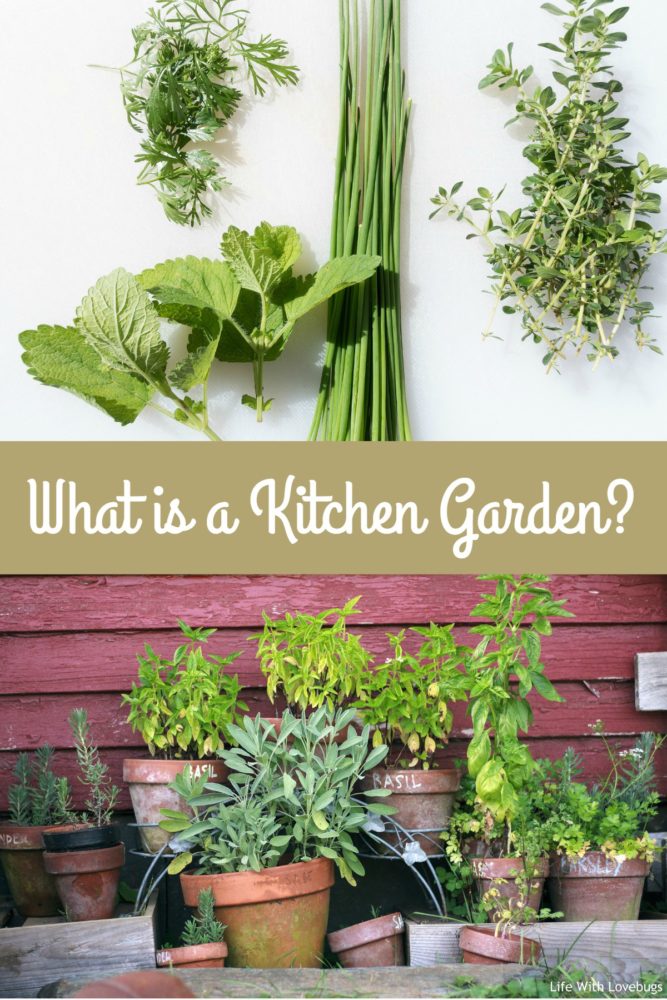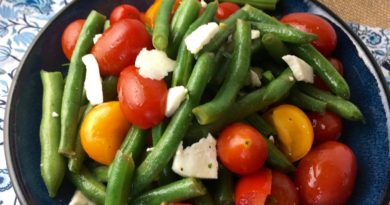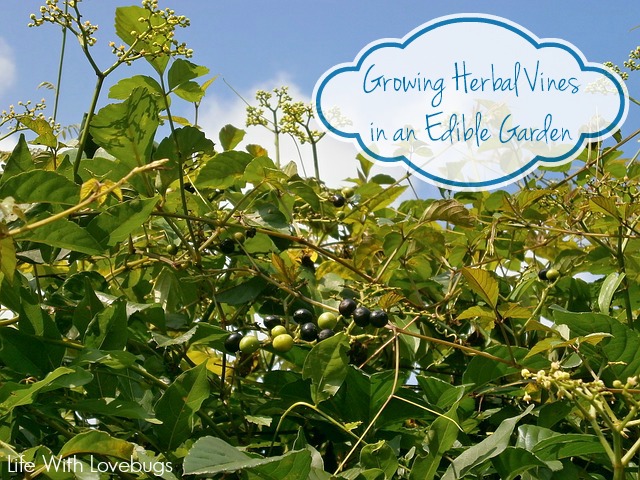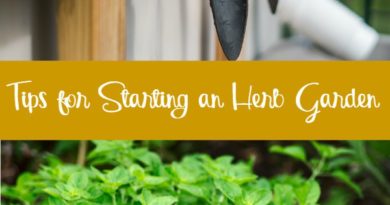What is a Kitchen Garden?

Spring is approaching and I’ve started thinking about what we want to plant in our garden now that we have moved into a new house. In my search for
Both kitchen and traditional gardens have their benefits and offer delicious rewards. If you have limited space, or often use fresh herbs and produce to cook you may want to consider creating a kitchen garden for convenience!
Three Characteristics of a Kitchen Garden:
Convenience. One of the main characteristics of a kitchen garden is accessibility. It should be easy to grab the items you need to prepare your daily meals. Therefore, it should be located as close to your food preparation area as possible.
Imagine you are in the middle of preparing dinner when you suddenly realize “this marinade could use a little more rosemary.” Rather than trek out to your main vegetable garden while you have pots simmering on the stove, wouldn’t you rather be able to reach right outside your door to snip a
Size. Kitchen gardens are usually smaller than traditional gardens because they are situated so close to the house. This isn’t always the case, of course, but having a culinary garden close enough to offer easy access while you are cooking may limit the amount of space available.
If you only have limited space available to plant a kitchen garden, here is a good rule of thumb to consider: A regular vegetable garden is about planning for the future, while a kitchen garden is about enjoying today. Therefore, the fruits and vegetables you plan to preserve for future use – such as corn, beans, squash, etc. that take up a lot of space – are good choices for a traditional vegetable garden where space is at less of a premium.
Instead, kitchen gardens are normally filled with the items you prepare and eat while fresh. Therefore, containers of fresh herbs, compact cherry tomato plants, or an assortment of leaf lettuce varieties all make great additions to a kitchen garden. If you lack the space for a traditional garden, a small kitchen garden can supply you with fresh, delicious produce all season long.
Beauty. While a standard vegetable garden is all about utility and production, part of the charm of a kitchen garden comes from its ornamental aspect. Due to its proximity to the house, a kitchen garden is harder to tuck out of sight than a traditional garden. Therefore, they are often designed to add a sense of beauty to your home, as well.
Some herbs, such as lemon thyme, can be used to create a beautiful and fragrant border around plants and containers. Edible flowers, such as violas and daylilies, can be incorporated to add a splash of color. Compact blueberry shrubs are also highly ornamental and make a wonderful, yet functional border.
The links below are affiliate links. For more information, please view our Disclosure page.



